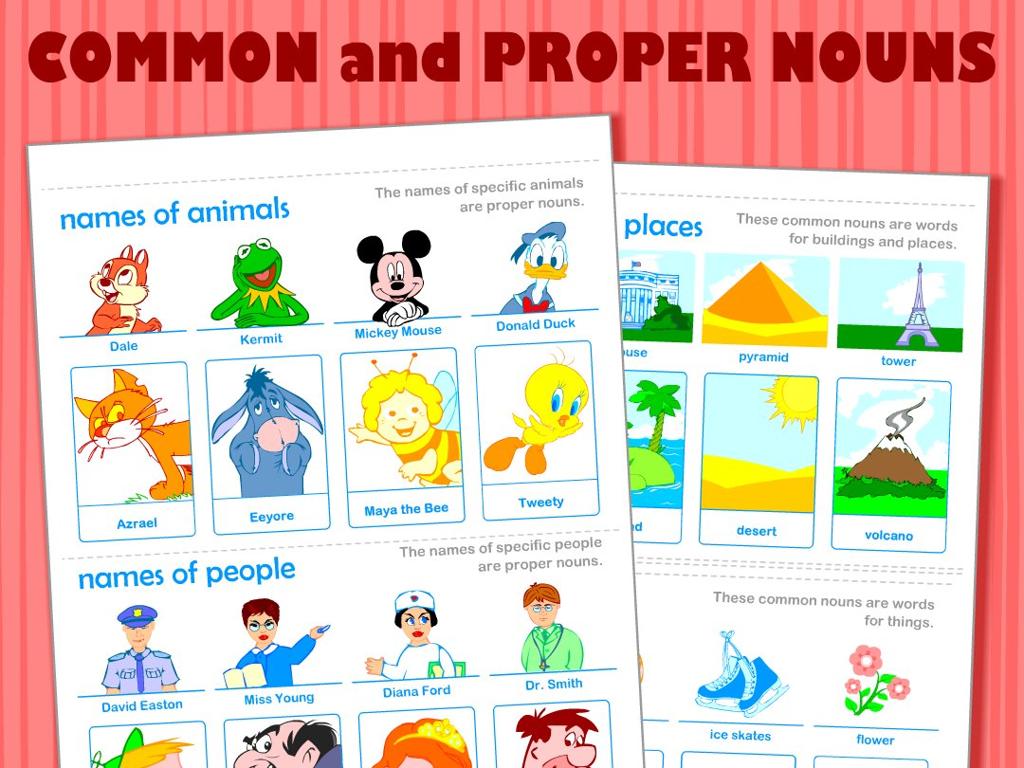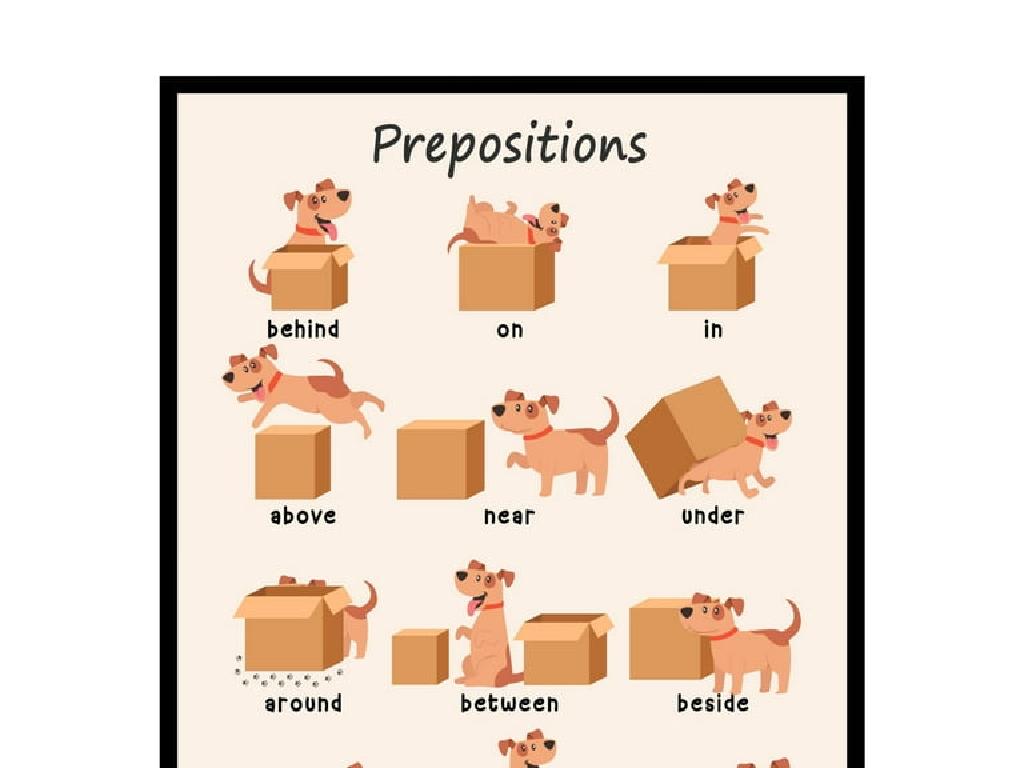The Age Of Exploration: Origins
Subject: Social studies
Grade: Eighth grade
Topic: Age Of Exploration
Please LOG IN to download the presentation. Access is available to registered users only.
View More Content
Welcome to the Age of Exploration!
– Defining the Age of Exploration
– A period of global navigation and discovery from the 15th to 17th centuries.
– What does ‘Exploration’ mean?
– Exploration refers to traveling in search of new geographical information.
– Motivations behind the explorations
– Factors like trade, wealth, and curiosity led to these voyages.
– Impact on world history
|
This slide introduces students to the Age of Exploration, a pivotal era when European powers began to explore the world. Emphasize that exploration is the act of searching or traveling for the purpose of discovery. Discuss the various motivations for these journeys, including the desire for new trade routes, the quest for wealth, and the spread of religious beliefs. Highlight the significant impact this age had on world history, including the exchange of goods, cultures, and ideas, as well as the less positive effects such as colonization and the spread of diseases. Encourage students to think about how the world changed during this period and how these changes still affect us today.
Motivations for Exploration
– Economic: Seeking new trade routes
– Explorers aimed to find direct routes for spice and silk trade.
– Religious: Spreading Christianity
– Missionaries accompanied explorers to convert indigenous peoples.
– Technological: Navigational advances
– Innovations like the compass and caravel made long sea voyages possible.
– Political: Nationalism and empire
– Countries wanted to expand their power and influence globally.
|
This slide explores the various motivations behind the Age of Exploration. Economically, European nations were driven by the desire to find new, direct trade routes to Asia to bypass intermediaries and increase profits from the spice and silk trades. Religiously, the spread of Christianity was a key motivator, with missionaries often joining expeditions to convert new populations. Technologically, advancements in navigation, such as the magnetic compass, and shipbuilding, like the development of the caravel, enabled longer and more precise voyages. Politically, a sense of nationalism and the quest for empire led countries to seek new territories for colonization and to assert their dominance on the global stage. Encourage students to consider how these motivations intersected and fueled the era of exploration.
Key Figures & Nations in the Age of Exploration
– Columbus’ westward quest to Asia
– Sought a new route for Asia trade, landed in the Americas in 1492
– Vasco da Gama’s route to India
– First to reach India by sea, linking Europe and Asia via the ocean
– Spain & Portugal’s exploration roles
– Led the charge in overseas exploration, funded expeditions
– Impact on global trade & contact
– These explorations led to increased global interactions and trade
|
This slide introduces students to the pivotal figures and nations that played significant roles in the Age of Exploration. Christopher Columbus, sponsored by Spain, famously sought a westward route to Asia but instead encountered the Americas in 1492, reshaping global history. Vasco da Gama, a Portuguese explorer, successfully found a sea route to India, which established a direct maritime link between Europe and Asia. Spain and Portugal were the leading nations in early exploration, driven by the desire for new trade routes and territorial expansion. The explorations had profound impacts, opening up global trade and initiating direct contact between continents. Encourage students to consider the motivations behind these explorations and their long-term effects on world history.
Technological Innovations of the Age of Exploration
– The Astrolabe: Star navigation
– An ancient device used to determine latitude by measuring angles of celestial bodies.
– The Magnetic Compass: Directional tool
– A compass uses Earth’s magnetic field to show direction, crucial for sea navigation.
– The Caravel: Ship for distant travel
– A nimble, sturdy ship capable of long voyages and battling rough seas.
– Impact on Exploration
– These innovations greatly expanded explorers’ abilities to travel and map the world.
|
This slide highlights the key technological advancements that enabled the Age of Exploration. The astrolabe allowed sailors to navigate by the stars, determining their latitude at sea. The magnetic compass, which indicated direction relative to the Earth’s magnetic poles, was essential for maintaining a course over the featureless ocean. The caravel, with its innovative design, could withstand long voyages and was pivotal in allowing explorers to venture further than ever before. These technologies collectively had a profound impact on exploration, making it possible to explore new trade routes, discover new lands, and begin the process of global mapping. Encourage students to consider how these inventions changed the course of history and the interconnectedness of the world.
Impact of Exploration: A New Era Begins
– The Columbian Exchange impact
– Exchange of crops, animals, and ideas transformed societies globally.
– Birth of globalization & trade
– Globalization began with the first international trade routes.
– Effects on indigenous peoples
– Native populations faced disease, displacement, and cultural loss.
– Balancing exploration outcomes
|
This slide aims to highlight the profound effects of the Age of Exploration on the world. The Columbian Exchange refers to the massive transfer of goods, crops, animals, and ideas between the Americas and the Old World, which reshaped diets and economies globally. This period also marked the beginning of globalization and international trade, as explorers established new trade routes and connected distant lands. However, these developments had dire consequences for indigenous populations, including the spread of diseases to which they had no immunity, loss of land, and erosion of cultural identities. It’s crucial to discuss the positive and negative outcomes of exploration to understand its complex legacy.
Class Activity: Explorers’ Quest
– Form ‘explorer teams’ in class
– Navigate a map to find the ‘New World’
– Overcome challenges using lesson knowledge
Challenges may include weather, navigation, or resource management.
– Reflect on the experience
Compare your journey with historical explorers.
|
This activity is designed to engage students with the Age of Exploration in an interactive way. Divide the class into small groups, each representing a team of explorers. Provide each team with a map where they must chart a course to the ‘New World’. Along the way, present them with challenges that they must solve using information learned in today’s lesson about the Age of Exploration. These could include dealing with unexpected weather, navigating without modern technology, or managing limited resources. After the activity, lead a discussion to reflect on their experiences and draw parallels to the real challenges faced by historical explorers. This will help students better understand the risks and uncertainties of early exploration. Possible variations of the activity could include different scenarios or obstacles, role-playing different historical figures, or creating a journal of their ‘voyage’.






